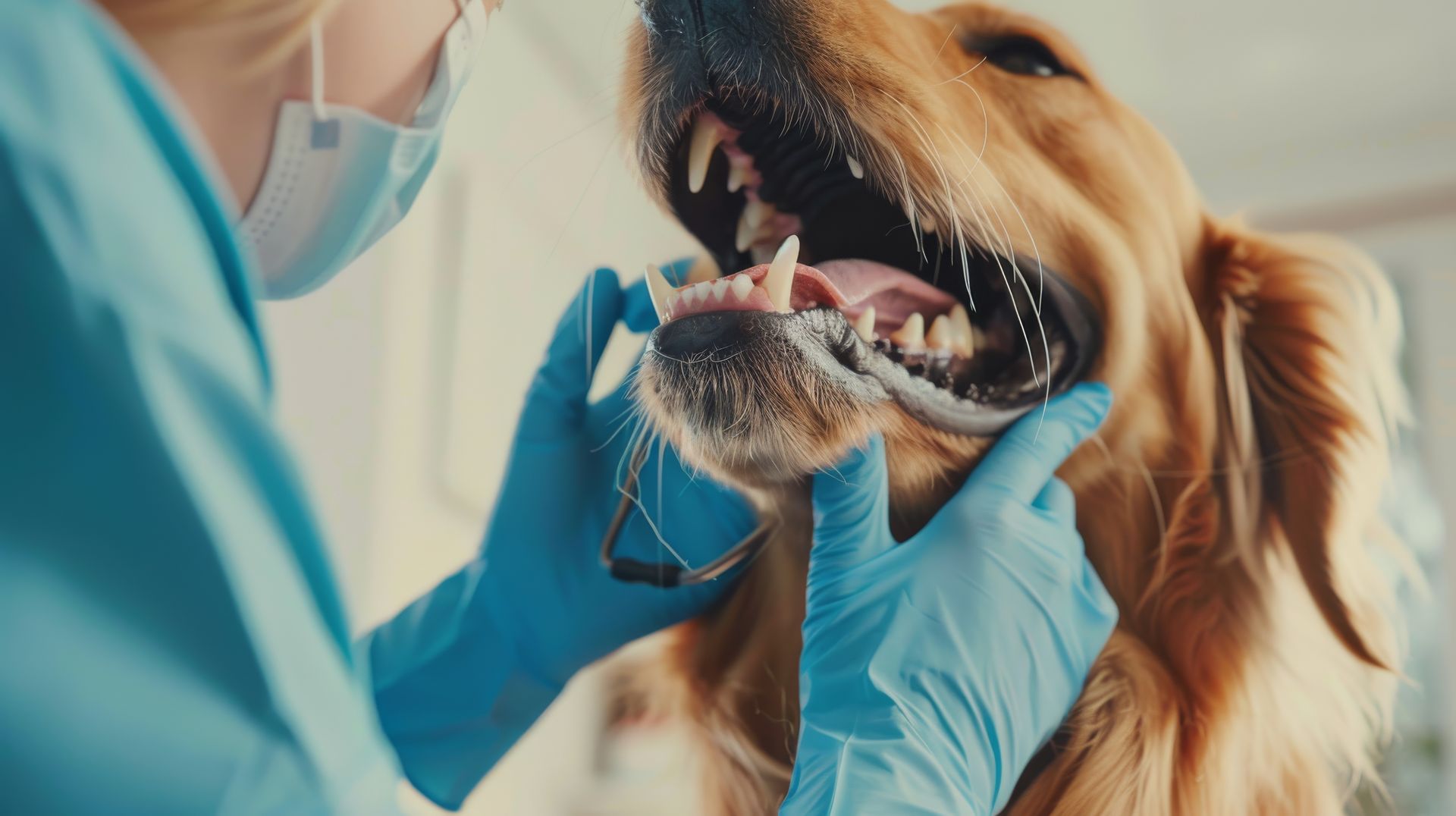How Microchipping Can Keep Your Pet Safe
As pet owners, we all want to keep our furry friends safe and sound. While we take all the necessary precautions to ensure their well-being—like keeping them on a leash, securing them in a fenced yard, and watching over them closely—accidents can happen. Pets can slip away, get lost, or wander off when we least expect it. That’s where microchipping comes in.
Microchipping is a simple, safe, and incredibly effective way to help reunite you with your pet if they ever go missing. In this blog, we’ll explain the many benefits of microchipping, how it works, and why it’s a must-have for any responsible pet parent.
What is a Microchip?
A microchip is a tiny, rice-sized device that is implanted just under your pet’s skin, typically between the shoulder blades. The chip contains a unique identification number that can be scanned by a veterinarian or animal shelter, allowing them to quickly retrieve your contact information and get in touch with you.
Unlike collars or tags, microchips are permanent and can’t fall off, get lost, or become damaged. The best part? It’s a quick, virtually painless procedure that can be done during a routine vet visit.
Why Microchipping is Essential for Your Pet’s Safety
1. Increased Chance of Reuniting with Your Pet
The number one reason to microchip your pet is the increased chance of being reunited with them if they ever go missing. While collars and tags are useful, they can easily slip off, especially if your pet is playing or gets into an accident. A microchip, however, stays securely in place under the skin, providing a permanent and reliable form of identification.
Every year, thousands of pets end up in animal shelters or veterinary clinics after being lost or separated from their owners. Many of these pets are returned to their families thanks to the identification provided by a microchip.
2. It’s a Low-Cost, Lifelong Investment
Microchipping is an affordable solution to pet safety. For a one-time fee, you can provide your pet with a lifetime of protection. While collar tags can become worn or lost, the microchip remains with your pet throughout their life, ensuring they can always be identified—no matter how many times they escape or run away.
3. Peace of Mind for Pet Owners
There’s no greater peace of mind than knowing that if your pet gets lost, there’s a permanent form of identification that will help bring them home. Whether you’re traveling with your pet or letting them roam in your yard, you’ll rest easier knowing they have an added layer of protection.
4. Quick and Easy to Update Contact Information
If you move or change your phone number, updating your pet’s microchip information is easy. All you need to do is contact the microchip company and update your details in their database. This ensures that your contact information remains current and your pet can always be returned to you quickly.
5. Microchipping is Safe and Simple
One of the main concerns many pet owners have about microchipping is whether it’s safe for their pet. The good news is that microchipping is a safe, minimally invasive procedure. The chip is about the size of a grain of rice, and it’s injected under your pet’s skin with a needle during a quick procedure that is much like getting a vaccination. It doesn’t require anesthesia, and the discomfort is minimal—most pets don’t even notice it.
Once implanted, the chip doesn’t require any maintenance. It’s durable and can last for many years without issue.
How Microchipping Works
The microchip works through a process called RFID (radio frequency identification). When a microchip scanner is passed over your pet’s body, it emits a signal that activates the chip. The chip’s unique ID number is transmitted to the scanner, and that number is then linked to your pet’s contact information in the microchip company’s database. Veterinarians, animal shelters, and rescues can access this information by scanning the chip, allowing them to contact you if your pet is found.
It’s important to note that microchips don’t have GPS tracking capabilities—they don’t track your pet’s location in real time. Instead, they provide a permanent form of identification that is read when your pet is found by someone with a scanner.
Common Myths About Microchipping
There are a few misconceptions surrounding microchips that we’d like to address:
- Myth #1: Microchips are GPS trackers.
Microchips are not GPS-enabled, and they don’t allow you to track your pet’s location. They are a permanent form of identification that can help reunite you with your pet if they are found. - Myth #2: Microchipping is painful for pets.
The process of implanting a microchip is quick and minimally invasive. Most pets experience little to no discomfort, and the procedure is similar to getting a vaccination. - Myth #3: Microchips are only for dogs.
Microchipping is just as beneficial for cats, rabbits, and other pets. Any pet that could potentially get lost can benefit from a microchip.
When Should You Get Your Pet Microchipped?
While it’s never too late to microchip your pet, the earlier, the better. It’s ideal to have your pet microchipped when they’re a puppy or kitten, but adult pets can benefit just as much. If you’ve recently adopted a pet or have a new pet in your home, make sure to have them microchipped as soon as possible.
At Castle Hills Animal Hospital, we offer microchipping services as part of our commitment to your pet’s safety. During your pet’s routine checkup or vaccination visit, we can easily implant the chip and register it with the microchip company.
Conclusion: Microchipping is a Must-Have for Pet Parents
Microchipping is a simple, safe, and effective way to ensure your pet’s safety. It provides a permanent, reliable form of identification that can help reunite you with your pet in the event they go missing. As a responsible pet parent, microchipping should be a top priority for your pet’s protection and peace of mind.
Schedule an appointment with Castle Hills Animal Hospital today to have your pet microchipped and give yourself the reassurance that, should the unexpected happen, your furry friend will always have a way back home.
- Internal Linking: Learn more about our veterinary services and how we can help keep your pet safe and healthy.
- External Linking: Learn more about microchipping from American Kennel Club (AKC).











